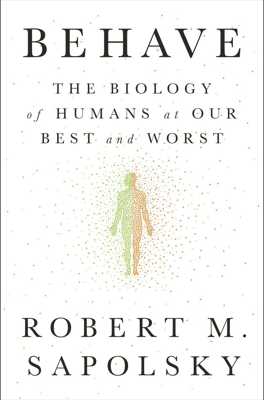Us Versus Them
Examining Us Versus Them Dynamics
In exploring the profound divisions of "Us" versus "Them," the chapter delves into scenarios and psychological mechanisms that underline such distinctions. The narrative discusses how trivial differences or characteristics, such as race, ethnicity, or even simpler traits like shirt color, can instinctively segregate individuals into in-groups ("Us") and out-groups ("Them"). These divisions manifest quickly and are often perpetuated through cultural symbols, historic narratives, and even subliminal cues.
Rapid and Automatic Divisions: - Our brains quickly categorize others into "Us" or "Them" based on minimal and sometimes subconscious cues like race or social status. This categorization can influence behavior profoundly, driving both subtle biases and overt actions.
Implicit Bias Tests and Hormonal Influences: - Tools like the Implicit Association Test (IAT) reveal that biases against out-groups (Thems) are often automatic and subconscious, rooted deeply in emotional processing like amygdala activation.
Cultural and Behavioral Reinforcements: - Culture plays a substantial role in reinforcing Us/Them distinctions. Symbols, language, and shared group narratives can significantly influence group alignment and perceptions, contributing to in-group loyalty and out-group derogation.
Children and Us/Them Perception: - From an early age, children are influenced by their environments to categorize and harbor biases based on racial and gender lines. These perceptions are often solidified before they are fully aware of their implications, indicating that such dichotomies are absorbed rather than explicitly taught.
Impact on Empathy and Social Interaction: - People exhibit stronger empathetic responses and are more likely to help those perceived as part of their in-group. Conversely, out-group members are often subjects of diminished empathy and increased aggression.
Consequences of Minimal Group Paradigms: - Even arbitrary group distinctions can foster in-group favoritism and out-group hostility, emphasizing how easily human behavior can be influenced by group dynamics.
Deconstructing Us Versus Them: - The bias toward one's group can be exacerbated in certain contexts but can also be mitigated through conscious efforts such as promoting individuation, reducing perceived threats from out-groups, and cultivating a broader sense of shared humanity through contact and cooperation.
Broader Implications and Strategies for Mitigation
- Us/Them dynamics are nuanced and can be influenced by various internal and external factors including but not limited to cultural narratives, biological responses, and social conditioning. Addressing these divisions requires concerted effort in education, policy-making, and individual awareness to foster more inclusive societies.
Mitigation Strategies: - Promoting interpersonal contact under the right conditions can reduce biases, as outlined by Gordon Allport’s Contact Hypothesis. Similarly, emphasizing shared goals and cooperative tasks can help diminish the perceived differences between groups.
- Encouraging critical awareness of one’s biases and actively countering stereotypes through education and media can also help alleviate the automaticity of Us/Them distinctions, fostering more empathetic and rational inter-group relations.
Conclusion
While "Us" versus "Them" distinctions are deeply embedded in human psychology, they are not unchangeable. Through deliberate effort and strategic interventions, it is possible to cultivate a more inclusive sense of identity that transcends simplistic group categorizations.
